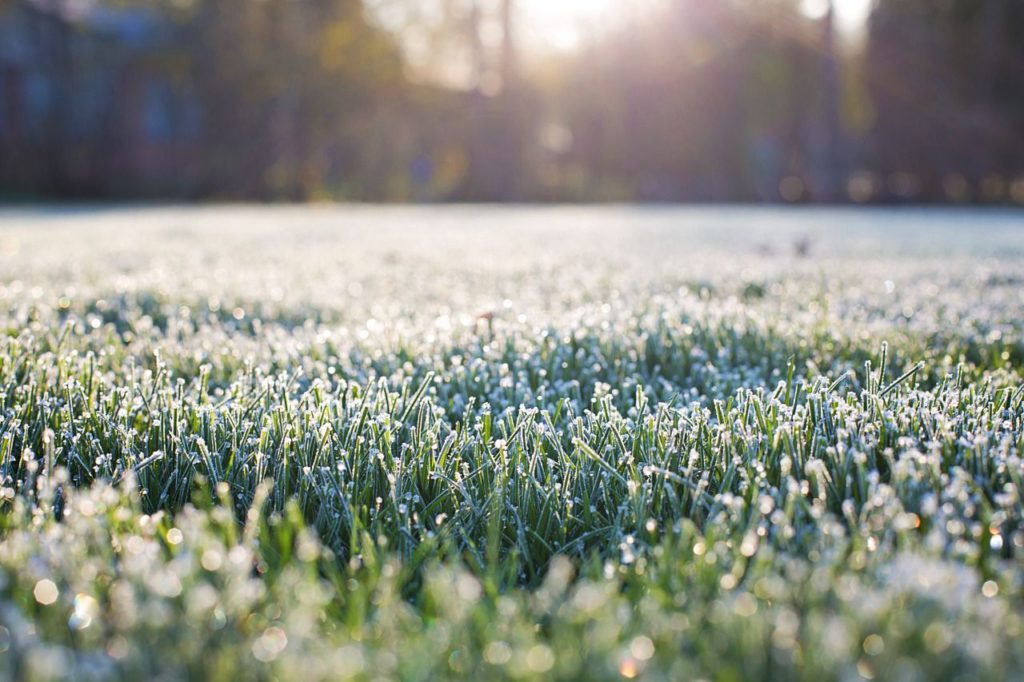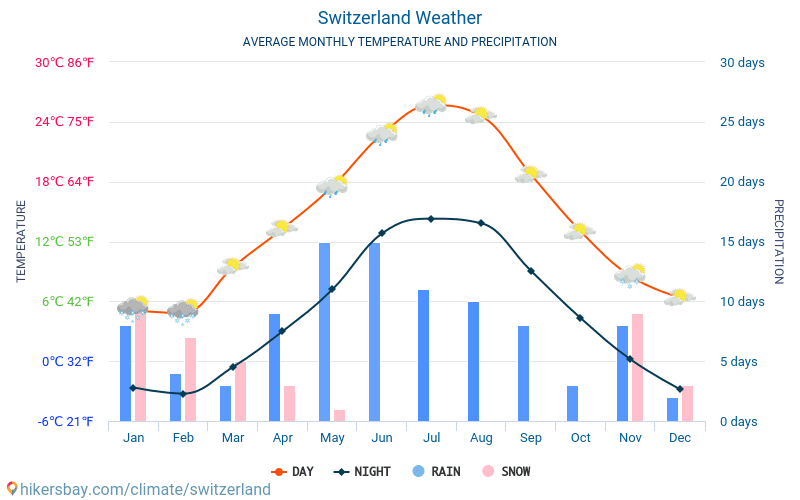


Los Angeles air quality has dramatically improved over the last 30 years because of the 1990 amendments to the Clean Air Act. Refer to the top of this page for Los Angeles’s forecast air quality data and real-time air quality data. 2 Overall risk for cancer, meanwhile, is increased by 900 for every million, according to the South Coast Air Quality Management District.Īir pollution data is an important resource for taking action to mitigate these health effects. According to the County of Los Angeles Public Health Department, 1 in 10 children have been diagnosed with asthma. 1 The associated health implications are evident in the numbers. EPA’s national air quality standards for both PM2.5 and ozone. Los Angeles does not currently meet the U.S. This is because of drier conditions, less rainfall, higher temperatures, and a higher frequency of wind-blown dust and wildfires fanned by the Santa Ana winds. The summer months of June, July, and August tend to be more polluted than other months for both PM2.5 and ozone. Together, PM2.5 and ozone form the smog that Los Angeles is often known for. Like PM2.5, ozone can cause health effects ranging from respiratory infections and inflammation to premature death. Vehicle exhaust contains both the nitrogen oxides and reactive organic substances needed to form ozone, so traffic is frequently identified as a leading source. Ozone is a gas pollutant formed when sunlight reacts with nitrogen oxides and organic substances. Its annual average, however, differed by only 4 micrograms from the number one most polluted city in the U.S.: Portola, California.Īccording to the 2019 State of the Air report, which compared data across 229 metropolitan areas, Los Angeles has the worst ozone air pollution in the United States. In this same report, the city of Los Angeles ranked 82nd in the US (out of 1,517 included cities). Exposure to PM2.5 has been linked to health effects such as heart disease, respiratory illness, and premature death.įor PM2.5, the greater Los Angeles county contains 9 of the 15 most polluted cities in the United States, according to the 2019 World Air Quality Report. It is widely regarded as one of the most harmful pollutants to human health for its prevalence at dangerous levels.

PM2.5 is airborne particulate matter measuring up to 2.5 microns in size. Despite seemingly optimistic ratings, Los Angeles’s air pollution is among the worst in the United States, both for PM2.5 and ozone. Los Angeles air quality averages a US AQI or air quality index rating of “moderate.” Monthly averages in 2019 varied from AQI 32 (“good”) in February to AQI 64 (“moderate”) in November.


 0 kommentar(er)
0 kommentar(er)
